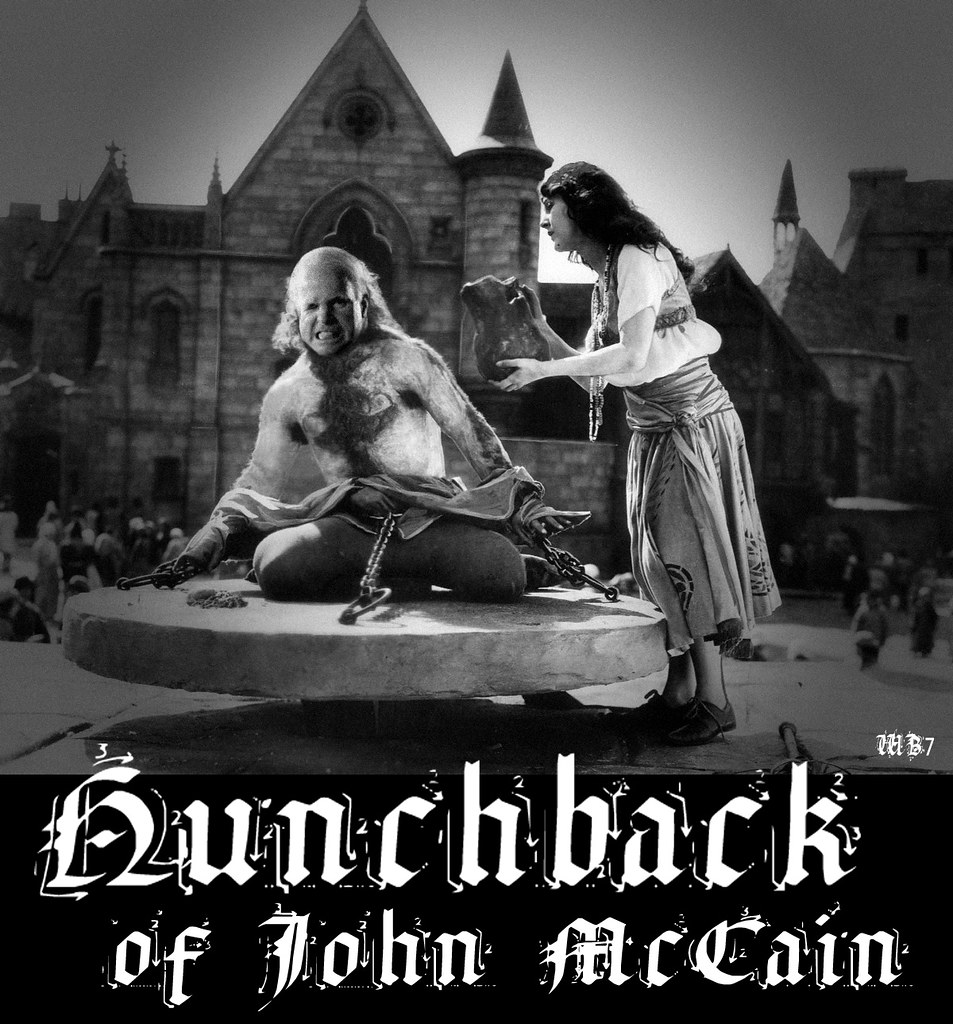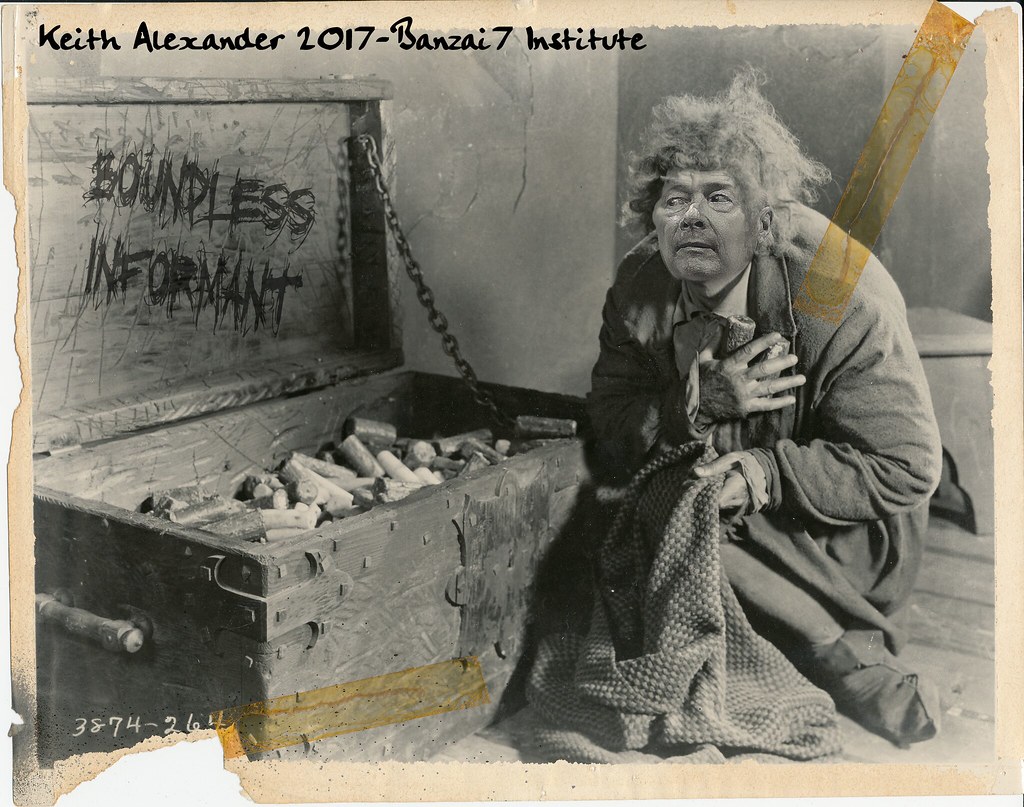Via BNP's Paul Mortimer-Lee,
In the 1977 Eagles song, Hotel California, a luxury hotel appears inviting and offers a tired traveller comforting relief from his journey. It turns out to be something of a nightmare, however, and he finds that "you can check out anytime you like, but you can never leave".
Does that sound a little bit like QE and the Fed? The FOMC signalled its intention to check out of QE at its June meeting, but by September, it found it could not leave. The backup in yields that the announcement had sparked, together with worries about fiscal fisticuffs in Washington, was damaging an already not-very-vigorous recovery and hurting confidence. So, the Fed took a rain check. Is that not just like QE1 and QE2, the scheduled ends of which had to be reversed within relatively short periods?
The question now is whether or not we should expect repeated market obstacles to a QE3 exit.

Chart 1 shows that at the end of previous QE periods, stock-market volatility has, after a short time, risen considerably. This is part of the rationale behind the “open-ended QE” introduced in 2012. Instead of being date-dependent, Fed balance-sheet expansion became state-dependent: QE will be scaled down only when the economy is robust enough and the recovery sufficiently well entrenched that QE can be phased out without a derailment.
The effects of this most recent episode of QE compared with others have been different for the bond market and for equities. What we saw with QE1 and QE2 was that the start of QE was marked by a bond-market sell-off. This time, it was the flagging of the end of QE that prompted higher bond yields. In contrast, the end of QE1 and QE2 was marked by lower bond yields. When QE1 and QE2 ended, we saw a rise in VIX volatility. This time, it did not happen. The question is, how to explain these differences?
Let’s take the last one first. Previous episodes of QE saw higher equity-market volatility after a time. It may be that the VIX was affected by other events (such as the euro crisis) in the earlier episodes, or that the change in flows takes a while to feed through to the equity market. In May/June, QE3 did not end. There were extraneous events – the fiscal shenanigans in Washington, for example – but the market shrugged them off. Our assessment is that QE does matter to the equity market, but it takes time to work through. What appears to matter to equities is the actual size of the Fed balance sheet, as is clearly shown in Chart 2.

What about bonds? Why did the end of QE1 and QE2 result in lower bond yields, when bond yields rose this year on the suggestion of QE3 ‘tapering’? The answer is that bonds are a far simpler asset than equities and their pricing depends much more on expectations of future rates. Chart 3 shows 10-year bond yields and Fed funds futures 24-pos. It is clear that bond sell-offs and expectations of higher Fed funds go together (the simple correlation is about 70%). Also, in state-dependent QE, a decision to taper is a signal by the Fed that everything is okay – so prompting the markets to price in a return to normalcy quickly.

Exactly how bond yields and future Fed funds expectations move will depend on the circumstances surrounding changes in market expectations as to Fed policy, in its various dimensions. QE1 and QE2 were responses to concerns about deflation, as shown in Chart 4, while 10-year breakevens were at local lows before the announcement of each programme. QE was seen as potentially inflationary to a greater degree than it is now. QE was, therefore, associated with a rise in breakevens that was pronounced. Higher future inflation raised market estimates of future Fed funds and bonds sold off. When QE1 and QE2 ended, breakevens fell back. To a considerable extent, the first two episodes of QE were perceived by the market as a substitute for Fed funds action.

This has not been the case with QE3. Breakevens had been on an upward drift during Operation Twist. Q3 was not motivated by fears of deflation, as QE1 and QE2 had been, but by hopes of achieving “escape velocity” for the economy. Furthermore, previous experience had calmed market fears – and the fears of some on the FOMC – that QE would be inflationary. Signals that ‘tapering’ would come were associated with the market moving forward its estimates of the timing and extent of Fed funds hikes. Why the difference?
The answer is that the first two episodes of QE were date dependent and QE3 is state dependent. Tightening policy – what the end of QE1 and QE2 represented – was not seen as economically justified by the market, so bond yields fell when they finished. QE3’s state dependence makes it logical for the market to conclude that an economic state that would persuade the Fed to taper would also be likely to prompt it to hike earlier than previously thought. To the market, Fed funds and QE are now complements, not substitutes.
The other important factor that explains the sell-off in bonds over the late spring and summer is the increase in term premium sparked by the talk of ending QE3 (Chart 5).

So, now that we understand the past, we can ask whether we are ready to check out of hotel QE or not. We can break this down into a number of parts:
- What will be the effect of tapering on Fed funds expectations in future?
- What will be the effect on the term premium?
- What will be the effect on equities once the Fed’s cash flows change?
The minutes of the Fed’s September meeting make it clear that the committee was disturbed by how much the market was pricing in higher Fed funds. It discussed various ways of delinking the decision to taper from the decision to move the Fed funds rate, including clarifying its guidance to state that the committee would not raise its Fed funds target if inflation were seen running below a given level, or providing more information about its intentions after the 6½% threshold for unemployment was crossed.
Other options could include, we would suggest, reverting the Fed funds to date dependency (unlikely, considering the relatively recent switch from date to state dependency) and giving a clearer forecast path for the Fed funds rate (à la Riksbank). It would be useful, we think, if the Fed were to give some metric to guide the market about how the economy’s evolution would affect the pace of tapering and its duration. We know what the threshold is for rates, 6½%, but what is it for tapering? 200k payrolls? If tapering starts and then payrolls fall back to, say, 140-150K, will tapering cease or slow down?
Some action to try to separate Fed funds and tapering expectations (if not these specific measures) seems likely, though the timing is uncertain. Will it succeed? The efficacy seems doubtful. Expected Fed funds will increase when the Fed announces tapering, because the market will conclude it has changed its assessment of the robustness of the recovery. The only question is, how much? There is some evidence from the eurozone that is pertinent here.
Remember the rate hike in July 2011? The ECB at that stage was appealing to the “separation principle”. It contended that it could use interest rates to control the economy and inflation risks, while less conventional policies could be used to control the crisis. It quickly learned that the separation principle was one thing and separation practice was something entirely different. The market saw them as two aspects of the same thing. It will probably be like that for the Fed also, no matter how fervently the FOMC wants to separate Fed funds action from QE tapering.
The term premium seems less likely to spike when actual ‘tapering’ is announced than in May/June, simply because it has not gone back to previous levels, though it has declined a bit. Another way of looking at this is that the Treasury 5y5y sold off very aggressively during the ‘taper tantrum’ and has only rallied part of the way back. Based on where future nominal GDP growth and the Fed funds rate are likely to settle, this does not seem as overly optimistic as it did early in the year.

Closely tied in to the discussion of how far the term premium can rise is whether QE’s effect is due to the stock of QE outstanding or the flow?
The Fed has historically been in the stock camp, as this ties in with the portfolio-balance model it has used to calibrate QE. Markets generally put more emphasis on the flow, as prices are determined at the margin. Even if the stock matters, we can rationalise an apparent important flow impact by saying that a change in the flow alters the long-run expected stock of assets the central bank will hold.
One other reason that central banks may be inclined to believe that it is the stock that matters is the Hotel California syndrome. If it’s the flow that matters, stopping purchases may be tough, especially when the flow is large. Like a smoker needs another cigarette to feel normal, the economy may need continued purchases to feel ‘normal’. If, in contrast, it’s the stock that matters, then stopping purchases leaves a very large stock of easing still out there and the impact on markets of tapering should be much smaller.
What does the evidence suggest? May/June indicates that there is a significant flow effect. Certainly, the sell-off in bonds and the associated rise in mortgage rates were much larger than the Fed expected and they had a notable impact, on mortgage applications, for example. However, we could rationalise some of the effect on the back of the Fed statement pointing to a big change in the future terminal stock of purchases in circumstances where the market did not view data as sufficiently strong to trigger tapering.
Perhaps more instructive is the end of previous date-dependent periods of Fed QE. The end date was known in advance, so the expected shift in stock should have been small. If this was a pure stock effect, there should have been no impact on markets. As we saw in the charts above, this was not the case. This is very decent evidence of a flow effect.
In terms of QE’s impact on markets, a variety of studies (by the Bank for International Settlements and the Bank of England, among others) put the impact on bond yields of QE at 100bp or more (the BIS calculated that in the absence of altered Treasury issuance, US yields could have been 180bp higher than they were and that the net Fed/Treasury effect was of the order of 120bp). However, these tend not to isolate the term-premium effect from the Fed funds expectations effect. Nonetheless, it is interesting to note that the impact of ‘tapering’ talk was broadly of the same order of magnitude.
With markets having rallied since the FOMC baulked at ‘tapering’ in September, we should still expect some impact from the announcement of future QE ‘tapering’ on the term premium and some further effect as ‘tapering’ proceeds. How much will depend on the economy, as the Fed has said it is data dependent. Overall, we should not expect the same degree of sell-off in bonds as with the false start to ‘tapering’ this year. But it seems likely that we will breach the 3% barrier (the previous high) within a few months of the announcement of the start of ‘tapering’.
When it comes to equities, announcement effects seem less important than for bonds, and flows seem to matter more. Moreover, with state-dependent QE, the signals are more mixed than for bonds. Equities will have to cope with higher bond yields, but these will only come if the Fed thinks the economy is sufficiently robust to withstand them. Moreover, if QE adversely affects the term premium on bonds, investors may choose to switch from bonds to equities. It is possible to argue for a more favourable reaction of equities after the end of state-dependent QE than date-dependent QE.
We should, on the basis of past evidence, expect stocks to suffer with a lag and maybe to see a fuller reaction once QE stops altogether. At that stage, and depending on the impact on the economy, we could see the adverse impact on bonds diminish or reverse.
Our overall assessment is that when the Fed decides to ‘taper’, there will be an adverse effect on markets. Bonds will suffer from a higher term premium and an upward revision of expectations about future levels of Fed funds. Equities are likely to suffer, too. How big the selloffs will be will depend on the circumstances – how robust the recovery looks, to what extent inflation remains quiescent and to what extent the current period of maintained QE leads to excess valuations in markets. Those markets that sold off most during the ‘taper tantrum’ tended to be those markets that had rallied most in previous months.
Clearly, this is one of the disadvantages of QE – one of its purposes is to distort markets. When QE ends, those distortions begin to unwind. Because of the disequilibria in financial markets under QE, relative valuations, as well as valuations of the risk-free asset, are distorted. Markets may go through considerable gyrations as they try to find the “right” constellation of equilibrium prices. It is possible that sufficiently vigorous reactions could adversely affect the economy. Chart 6 suggests that when bond yields rise by more than 25% of their previous level, it tends to represent a challenge to economic growth.
It may be difficult to foresee all the effects of ending QE. After all, except with relatively brief breaks, the Fed has been using its balance sheet to stimulate the economy since 2009. Markets and the economy have gotten used to it. Will there be unexpected effects when QE ends? Seems like a good bet. What they will be is more difficult to say.
What does all this mean for Fed ‘tapering’? On the one hand, it can be argued that the ‘taper tantrum’ in the earlier part of the year should make the Fed more cautious about beginning to wind down QE now. The counter-argument is that as the level of yields has moved up a good deal, the benefits of QE are now less than before, so that hurdle has been lowered because the benefits of continuing QE have diminished. Both are probably too tactical in outlook.
The Fed will make the choice on strategic grounds, namely, whether the rec
overy is sufficiently robust to warrant a slower pace of purchases. The prospect of fiscal disagreements early next year and uncertainties about the data and distortions to them currently make it difficult to be sure when tapering will start. Our best estimate is March, with roughly a one-third probability that it will come later.
Once tapering does start, the indications are that the Fed would like to complete it within a year. However, if it is data dependent, this is far from certain. In the event of adverse reactions from markets that impact the real economy, the Fed may have to slow its exit, or even pause it. We do not buy into the full Hotel California story, but we can see that leaving, as with QE1 and QE2, might be a bit more difficult than the Fed expects. Why? Because flows matter.
![]()
via Zero Hedge http://feedproxy.google.com/~r/zerohedge/feed/~3/FSPicrXBYEw/story01.htm Tyler Durden






















